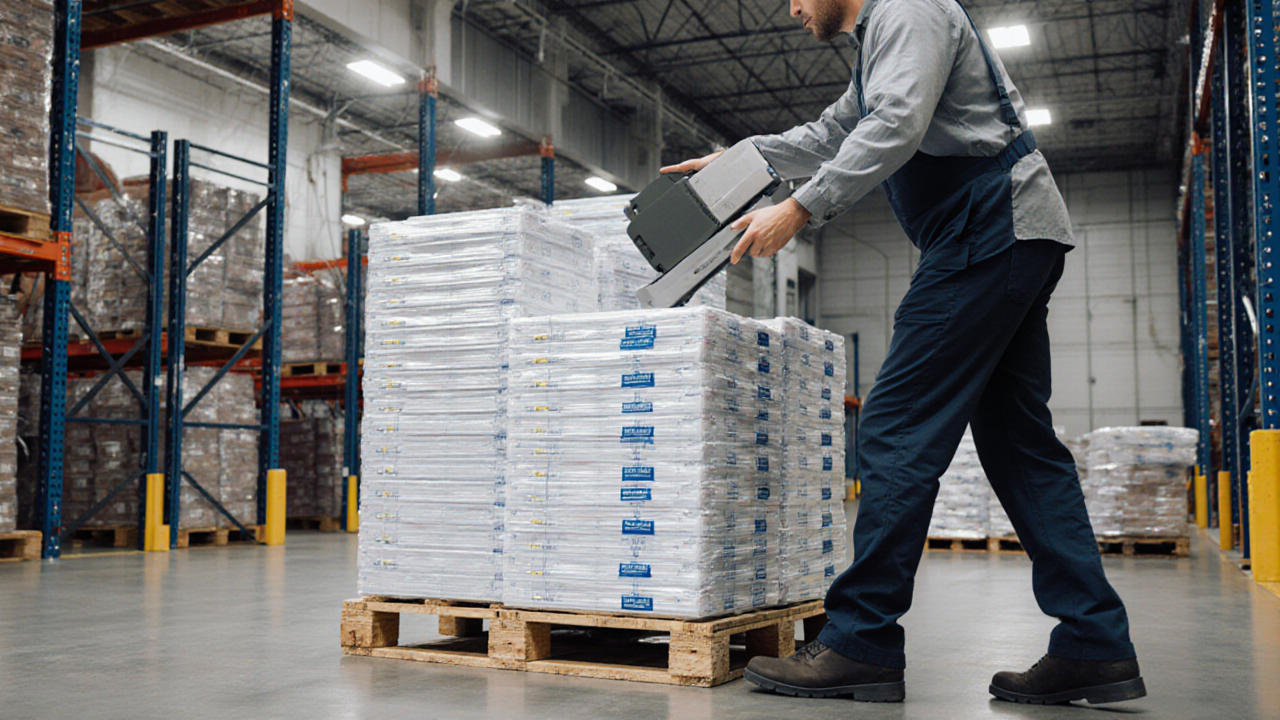
When a leading technology provider releases an ultra‑thin model that measures only 5.64 mm in thickness, the ripple effects extend far beyond the product’s sleek silhouette. The device’s weight reduction—12 grams lighter than its predecessor—illustrates a deliberate trade‑off that supply chain leaders can study: less material means lower manufacturing costs and reduced shipping volumes, yet the same level of structural integrity must be preserved to survive the rigors of global distribution. Observing how this balance is struck offers a blueprint for optimizing packaging, handling, and logistics processes in any industry that relies on high‑volume, high‑value goods.
The thin profile also forces a reconsideration of power management. While the device’s battery can comfortably sustain routine tasks such as voice calls, streaming, and email over a full day when connected to Wi‑Fi, it shows signs of heating during intensive activities like gaming or video editing. This thermal behavior signals a broader lesson: when scaling a product line, supply chain planners must anticipate the energy demands of end‑users and ensure that ancillary solutions—such as a detachable battery pack—are available to extend operational life without compromising the device’s lightweight appeal. The detachable pack, priced at $99 and designed to attach magnetically, adds a modest weight penalty but offers a tangible increase in usable hours, echoing the need for modularity in supply‑chain design.
Durability is another critical metric. Despite its slimness, the device withstood a drop from a bedside table and a mis‑placed seat without deformation. This resilience suggests that advanced composite materials and precise engineering can deliver both weight reduction and structural robustness. For logistics managers, the implication is clear: investing in high‑quality, lightweight materials can reduce freight costs and insurance premiums while maintaining product integrity throughout the supply chain. Moreover, the device’s single‑speaker configuration—concentrated at the top of the screen—demonstrates how functional trade‑offs can be managed without compromising user experience, a principle that can guide the design of packaging solutions that balance space efficiency with protective performance.
Camera performance further underscores the theme of trade‑offs. The device features a 48‑megapixel sensor with an f/1.6 aperture and a 26 mm focal length, offering high‑resolution imagery and sensor‑shift stabilization. However, the absence of a dedicated telephoto lens forces users to rely on a 2× crop, limiting versatility in low‑light and long‑range scenarios. For supply‑chain professionals, this scenario illustrates the importance of aligning feature sets with market expectations: a product that prioritizes a single high‑performance component may excel in specific use cases but fall short in environments that demand broader functionality. Consequently, segmentation and targeted product development become essential strategies for meeting diverse customer needs while maintaining cost efficiency.
Packaging and distribution are also impacted by the device’s dimensions. A 6.5‑inch display keeps the overall footprint relatively large, yet the thinness allows the product to fit comfortably in standard pockets, reducing the likelihood of customer complaints about bulkiness. From a logistics standpoint, this means that a single SKU can be shipped in a more compact carton, lowering pallet density and freight charges. Additionally, the lightweight design translates into lower carbon emissions per unit shipped—a key sustainability metric that increasingly influences procurement decisions worldwide.
Actionable insights for senior operations leaders include:
Material Innovation: Explore advanced composites that deliver weight savings without compromising strength, thereby reducing packaging volume and freight costs.
Modular Energy Solutions: Incorporate detachable power accessories to extend field use, mitigating downtime and enhancing customer satisfaction.
Feature‑Market Alignment: Conduct rigorous market segmentation to determine whether a high‑performance single component suffices or if a broader feature set is required, thereby avoiding costly redesigns post‑launch.
Sustainable Packaging: Design packaging that leverages the product’s reduced weight to achieve higher pallet density, cutting transportation emissions and costs.
Lifecycle Planning: Anticipate battery degradation over time and provide clear end‑of‑life strategies to support circular economy initiatives and regulatory compliance.
By internalizing these lessons, supply‑chain executives can transform the seemingly simple act of making a lighter device into a strategic advantage—reducing operational costs, enhancing customer experience, and advancing sustainability goals across the global supply network.
Loading comments...